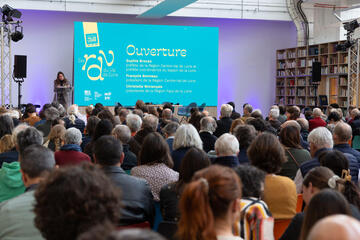Design relies on an understanding of the character of the place and the compositional rules set forth in the OUV analysis: alignment with the fundamental heritage and landscape features of the site at their multiple scales, integration of the specific aspects regarding topography, plot (location), architectural typology, expression of forms, volumes and materials.
The OUV informs the project design as a guideline to ensure the project is compatible with the character of the place. Recognition of the heritage value is not a barrier to the area's development; quite the opposite, it is a driver for effectively adapting the place to current and future uses.
The heritage-oriented project procedure calls for successive and iterative adjustments to ensure harmonious integration into the wider landscape.
See the tools and methods
- Act
- Guide pratique - Val de Loire patrimoine mondial et aménagement du territoire
A heritage project
Developing a heritage-based project above all means crafting a solution that engages with the character and unique features of the site. Heritage bears witness to the history of uses and the different ways in which the place has been occupied over time. Its recognition is a driver for effectively adapting the place to current and future uses.
- Act
- Guide pratique - Val de Loire patrimoine mondial et aménagement du territoire
A heritage impact assessment
The purpose of the assessment is to assess the extent of the changes that the project will bring about and objectively demonstrate whether the project is compatible with the aim to maintain the OUV. It must answer the following questions: Which of the component parts of the Property's OUV are likely to be affected? What changes will the project bring about? Can adverse effects be avoided, reduced, rehabilitated or compensated, and how?




![Nouvelles Renaissance(s] 2023](/var/storage/images/val-de-loire-refonte/dossier-de-parametrage/pied-de-page/nouvelles-renaissance-s-2023/517479-13-fre-FR/Nouvelles-Renaissance-s-2023_image_largeur220.png)


 Lettre d'information
Lettre d'information
 Facebook
Facebook
 Flickr
Flickr
 Podcloud
Podcloud
 Dailymotion
Dailymotion
 Box
Box
 Slideshare
Slideshare
 Diigo
Diigo

